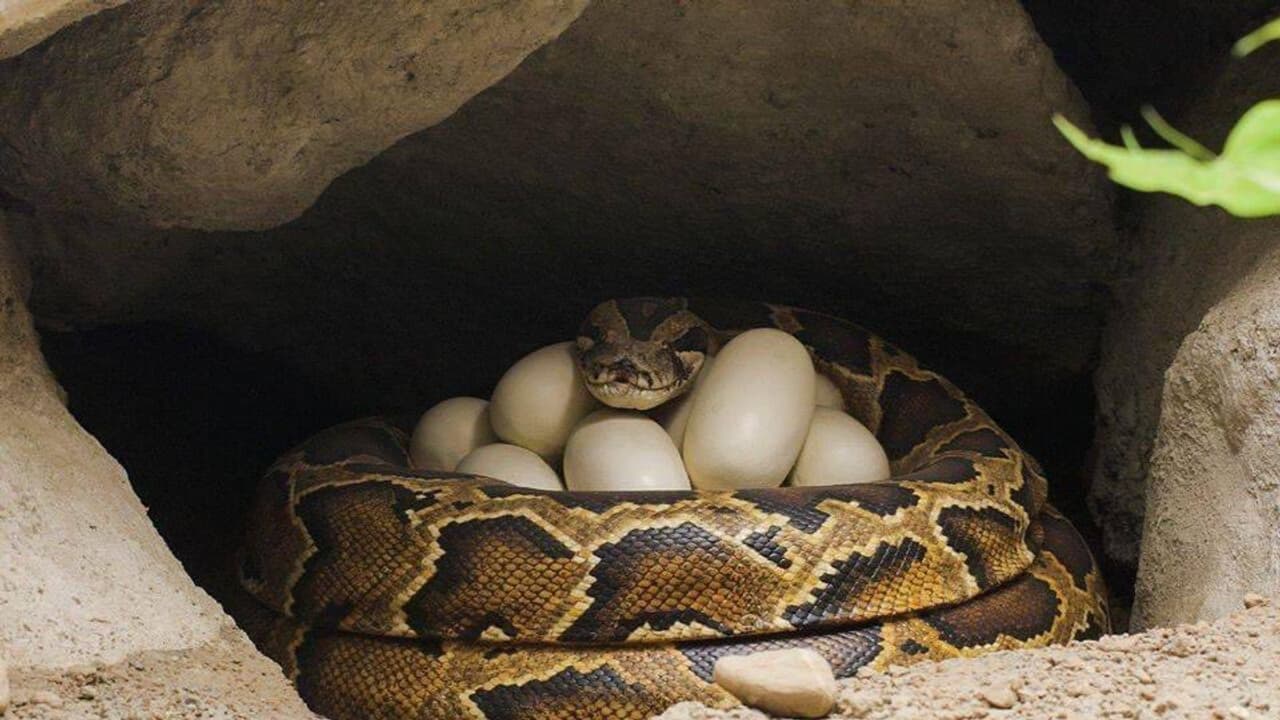In 2020, this female ball python, aged 62, laid a clutch of viable eggs, despite having no contact with a male for over 15 years.
Ball python, a beloved species of Central and Western Africa, live for 20 to 30 years in captivity when nurtured with care, while those in the wild rarely cross 15 years. One python at the Saint Louis Zoo in Missouri has shattered every biological expectation—both in age and in nature’s most fundamental process of reproduction.
In 2020, this female ball python, aged 62, laid a clutch of viable eggs, despite having no contact with a male for over 15 years. The extraordinary event left zoologists bewildered and intrigued. “She’d definitely be the oldest snake we know of in history to produce eggs,” said Mark Wanner, the zoo’s manager of herpetology, in awe of the serpent’s scientific defiance.
Even more perplexing, two of the eggs hatched successfully, and one hatchling survived deepening the enigma surrounding her seemingly “miraculous” reproduction.
Scientists believe this may be a rare instance of parthenogenesis, a phenomenon whose name translates to “virgin creation” from Greek. It’s a form of asexual reproduction in which an embryo develops from an unfertilized egg through a process known as automixis—where an egg fuses with a polar body, producing offspring genetically akin to the mother herself.
While such occurrences might sound mythical, parthenogenesis has been documented across the animal kingdom—in sharks, lizards, bees, birds, and even tardigrades. Certain species possess the ability to store sperm or delay fertilization, waiting for environmental conditions most favorable for their young to flourish—nature’s way of ensuring survival against all odds.
Once considered an extraordinary rarity, scientists now suspect that parthenogenesis might be a natural backup plan, emerging in the absence of males. Researchers at the Saint Louis Zoo, in collaboration with universities, continue to probe the case to determine if this 62-year-old python’s feat truly marks a new chapter in the understanding of reptilian evolution.
